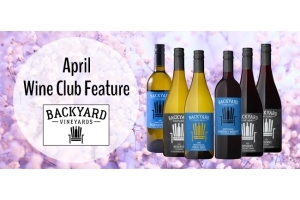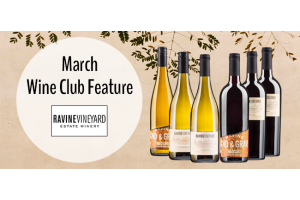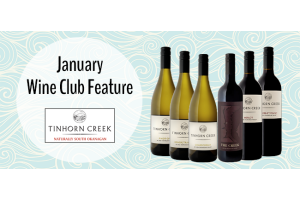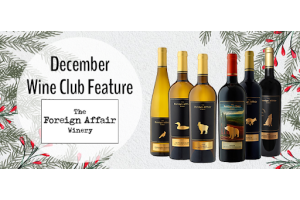Wine 101: Wildfires & Wine

This summer, we've witnessed severe drought conditions and a glut of wildfires across North America. For many people, it's had a devastating effect, destroying homes and property, and even more tragically, a handful of people have lost their lives.
In August, I spent two weeks travelling through Oregon, Washington, and BC. There were only a couple days when the wind was blowing in the right direction and I wasn't breathing in smoke. Other days were so bad that it felt like being in an ashen cloud that strained the sun. With so many of the wine growing regions of North America shrouded in smoke, I thought more about the detailed effects wildfires have on wine.
The most obvious is property destruction. This summer, BC wineries were spared, but many by a slim margin, most notably Church & State, although it was also a close call for Road 13 Vineyards. In California's Lake County, other wineries were less lucky. Many had blocks of their vineyards burned, or worse: Shed Horn Cellars was completely leveled.
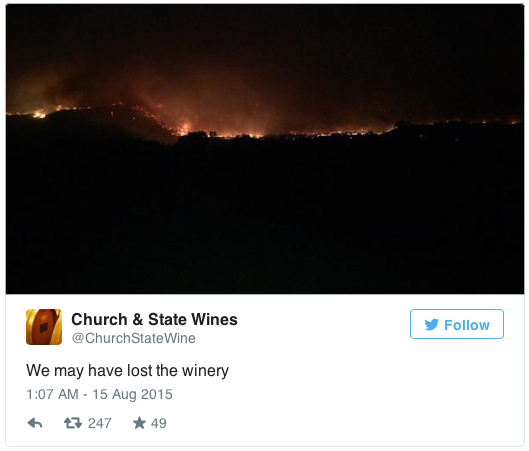
Smoke taint is another symptom that many wine drinkers are familiar with, and one that is most severe when the grapes are in a growing stage of rapid expansion. In an Aussie study after the bushfires of 2003, the Australian Wine Research Institute found that smoke taint added two distinct compounds to wine: guaiacol (commonly called Creosote) and 4-methyl guaiacol. They found these compounds don't pose a health risk, as they are already detectable in wines that are aged in charred oak barrels. The problem occurs in wines with flavour profiles that aren't complemented with smoke, or wines that could easily be overpowered by it, such as lighter and more delicate reds. Whites can be affected as well, although in white production, the juice tends to spend less time in contact with the skins.
In the Australian study, washing the grapes didn't remove smoke taint, although certain carbon and resin filtration and reverse osmosis techniques worked to pull smoky compounds out of the wine.
Another way to look at it is to view smoke taint as another element of terroir, something distinct and perceivable imparted by the vintage and Mother Nature.
I haven't found any articles regarding the effect of smoke on the amount of sunlight in the vineyards, although with other crops, smoke's ability to diffuse and attenuate the light is seen as a relief on otherwise intense days. The risk of sunburns drops on other fruit and I imagine it would play a similar role with grapes.
Jake Skakun is a writer and sommelier from Vancouver, currently living in Toronto. He can be found most days pulling corks and twisting caps at the Black Hoof. He Tweets and Instagrams @jakeskakun.

